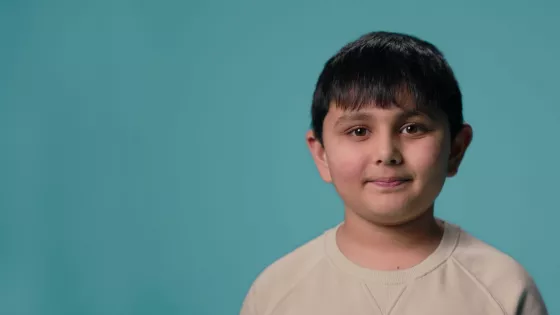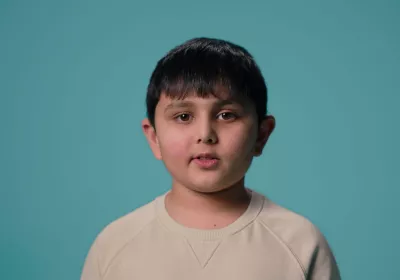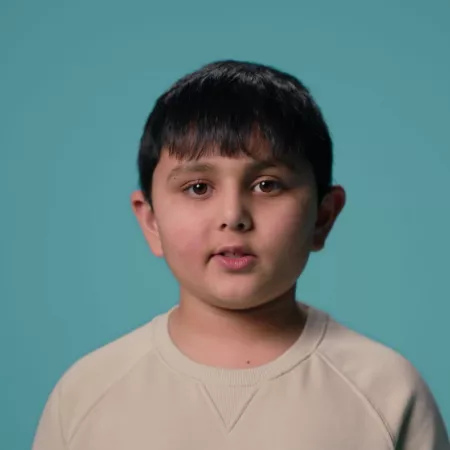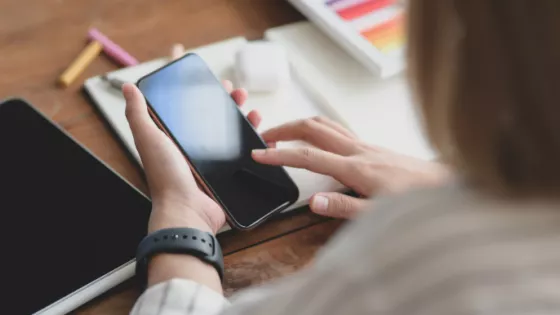Today we have launched a powerful new series of short films that show what different seizures types can really look like—and how to help when it matters most. We created these films with and for young people living with epilepsy, aiming to challenge outdated stereotypes, spark meaningful conversations, and offer practical support to anyone who wants to understand epilepsy better.
Why these films matter
Too many people still think epilepsy only looks one way, when someone suddenly drops to the floor, goes stiff, and their whole body starts shaking. But that’s just one type of seizure. Seizures can be loud or quiet, unmissable or barely noticeable. When people don’t understand that, it can leave children and young people feeling isolated, dismissed, or even unsafe.
That’s why we worked closely with the Youth Voice Network and listened to young people with epilepsy. They told us what it’s really like:
- Not all seizures look like tonic-clonic seizures, but people often assume they do.
- Sometimes they are not believed or taken seriously.
- Ambulances get called when they’re not needed.
- Schools often send them home when all we need is time to reset.
- Recovery time is often ignored.
- They are often talked over in conversations about their condition, rather than listened to.
- Support needs to be tailored, because epilepsy isn’t one-size-fits-all.
How we made the films
The experiences of young people with epilepsy helped shape every part of this project, from the ideas and scripts to the style and tone. A clinical expert made sure everything was safe and accurate. And because it didn’t feel right to them to ask someone with epilepsy to act out a seizure, we used professional actors to portray them realistically and respectfully.
Our cast is diverse in age, background, and ability, so every viewer can see someone who feels like them. With slow motion, animation, and special effects, we brought different seizure types to life in a way that’s clear, relatable, and easy to understand.
Designed for real life
Each film is mobile-first and just 2–3 minutes long—perfect for TikTok, Instagram, YouTube, or our website. Every episode starts with a young person explaining their seizure in their own words. The series covers:
These films aren’t just for young people—they’re also a vital tool for professionals in health, education, and care. Whether you’re supporting a child in clinic, in the classroom, or at home, the films help you understand epilepsy from our perspective. They’re also a great way for us to start conversations about how we want to be supported.
You can use the films to:
- Share with families during medical consultations
- Include in school health briefings
- Use in training sessions or CPD
- Recommend to colleagues and carers
What’s next?
We’re developing a toolkit so children and young people can create their own seizure explainers - showing what their seizures look like, what recovery feels like, and how others can support them.
Join the conversation
Did the films help you feel more confident? Did the seizure descriptions make sense? Got ideas to make them better? We want to hear from you. Your feedback helps us make resources that actually work, for children and young people living with epilepsy and for the people around them.
Together, we can build a world where epilepsy is understood, support is informed, and young people feel seen, heard, and respected.
▶️ Watch the full series at youngepilepsy.org.uk/youcanhelp




